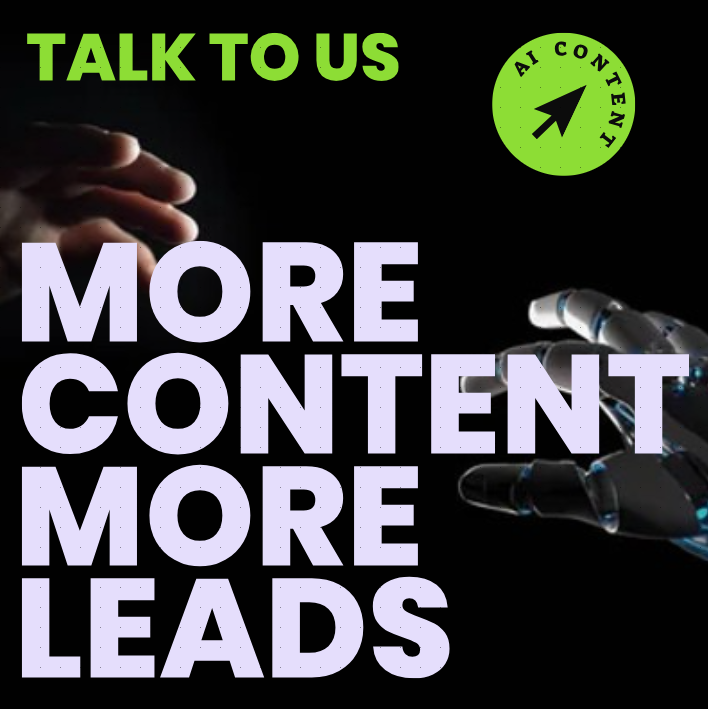SEO vs SEM: What You Need to Know to Maximize Your Business’ Online Presence

SEO Vs Sem
Search engine optimization (SEO) and search engine marketing (SEM) are two of the most effective methods of driving online traffic to webpages, and usage of both is key for businesses seeking to maximize their online presence. While these similar-sounding terms may be used interchangeably when talking about growing web presence, they actually refer to two distinct but complementary concepts. In this article, we will explore the differences between SEO and SEM, identify when they should be used, and provide insights into the best practices of each for businesses.
What Is SEO?
Search engine optimization (SEO) is the process of optimizing a website to rank well in organic, or non-paid, results when a user types a query into a search engine such as Google or Bing. SEO involves considering factors such as the title and headers of webpages, meta descriptions, internal site organization, and backlinks all in an effort to get as high a ranking as possible for a given query.
When done properly, SEO can bring a plethora of organic traffic to a website without requiring a budget and as such is often one of the most effective methods of expanding a businesses web presence. However, SEO is a long-term strategy and should be viewed as a long-term investment without any promises of short-term results. As such, businesses should be aware that it may take months before they begin to see substantial amounts of organic traffic as a result of SEO activities.
What Is SEM?
Search engine marketing (SEM) primarily involves activities such as pay-per-click (PPC) advertising campaigns that target users who type a given query into a search engine. Fundamentally, SEM involves spending money to either place advertisements at the top of search results, below search results, or within search results. This allows companies to target users who are looking for specific keywords and as such, this strategy can be an effective way to gain traffic quickly.
Unlike SEO, the effects of SEM are immediate and can be especially useful for businesses seeking to increase presence during time-sensitive or competitive campaigns. However, without careful planning and oversight, SEM can come at an expense and businesses should ensure to track trends and keep a tight reign on campaigns.
Where SEO and SEM Intersect
At an abstract level, both SEO and SEM center on increasing online presence and web traffic. As such, it can be useful to view SEO and SEM as two complementary activities that can strengthen each other when employed together.
For example, SEO activities may yield organic traffic to a website that can then be targetted with SEM campaigns. Or, a website may see increased organic results as a result of increased link building activities, which in turn make organic rankings more competitive and as such, may drive higher paid ads as competitors bid up the cost of sponsored keywords.
However, SEO and SEM should not be viewed as replacements of each other. Even when used together, these activities center on different elements of the search process and as such, should be used strategically for the best results.
Best Practices of SEO and SEM
As previously mentioned, SEO and SEM are two distinct processes and, as such, best practices for each appear to differ.
A few best practices when engaging in SEO activities include:
? Research keywords and competitors to understand the most effective keywords for organic ranking
? Organization of website internally to maximize keyword returns
? Regular updates and meta descriptions to ensure Content is fresh and relevant
? Thin content that may detract from overall page relevance should be avoided
Additionally, when approaching SEM activities, to ensure maximum return on investment, it’s important to consider:
? Research keywords and competitors to understand the best way to reach the most potential customers
? Allocate budget according to likelihood of keyword conversions
? Monitor and track to ensure expenses are kept in check
? Use features such as negative keywords to ensure ads are being served to the most targeted customers
In the end
SEO and SEM are two separate yet complementary strategies used by businesses to gain web traffic and a stronger online presence. While they may seem similar, they have very different functions and thus, best practices vary. When used together, they can create a powerful marketing tool and business considering both activities should ensure to use the right metrics and strategies to get the most out of their campaigns.
Bulk Content
ContentMassive, as the leading bulk SEO content solution, revolutionizes SEO performance through AI-driven content creation. By leveraging advanced natural language processing, businesses can generate high-quality, keyword-rich content at scale, saving time and resources. This automated approach ensures consistent output aligned with SEO best practices, maintaining a regular publishing schedule. ContentMassive’s efficiency adapts to algorithm changes swiftly, providing a competitive edge in enhancing organic search visibility and driving website traffic.








